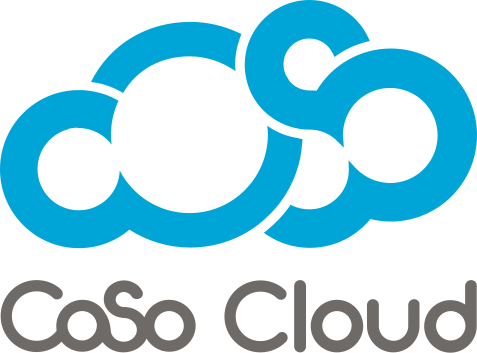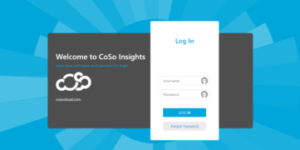
Virtual Training and Web Conferencing Just Wants Your Respect (and Protection)
May 22, 2018
In some ways, virtual training and web conferencing no longer get the credit they deserve. Around the time MTV was introducing the world to the music video concept (ushering it in fittingly with the Buggles’ “Video Killed the Radio Star”), Compression Labs was set to introduce the world’s first video conferencing system for business. Though initially bulky, resource-hungry, and—at $250,000 a pop—expensive, video conferencing eventually took off as it became more affordable thanks to advancements in video compression and free services like Skype.
But upon peaking after smartphones took consumers by storm, virtual training and web conferencing have stalled a bit perhaps in their ability to impress. Video in the workplace, in particular, is commonplace, an integrated part of just about every other collaboration tool out there—switched on whenever it’s desired—by an increasingly virtualized workforce.
What businesses sometimes forget is just how omnipresent both virtual training and web conferencing have become in helping people discuss everyday business matters—and how much of this information sharing is unchecked. Video digitizes and relays information just like text-based messaging does, which means such information can likewise be either deliberately or inadvertently diverted to undesired recipients.
If the information is sensitive enough, the effects can be costly and damaging to the business and its people. One of the current hack de jour favors releasing emails to embarrass, expose or exploit the intended target. What happens when hackers go after the video messages sent by people via video, where people tend to become even less careful about what’s being send and how?
Last June, we wrote about the key three threats to virtual training and web conferencing security, both of which rely heavily on video, as well as some ways businesses can shore up their session security. But, there’s only so much an organization can do on its own in terms of maintaining ongoing best security practices. The protection we at CoSo Cloud deliver as a provider of secure and reliable managed and private cloud services gives our business and government agency customers the confidence they need to share whatever high-consequence information must be shared without fear that their communications will be compromised.
In fact, many of the cybersecurity and cloud experts that created the FedRAMP program, which lays out the standardized approach we follow for security assessment, authorization and continuous monitoring, are CoSo Cloud customers! The General Services Administration (GSA). The National Institute of Standards and Technology (NIST). The Department of Homeland Security (DHS). The Department of Defense (DOD). These agencies are among the more than 25 government organizations that rely on CoSo Cloud for fully redundant infrastructure that delivers constant monitoring for intrusion and anomaly detection across the network, including databases, applications and operating systems with automatic upgrades, patches and versioning when desired (though we also allow clients to maintain complete control over their environment and plan around their own maintenance windows).
So as you look to either centralize the management of how virtual training and web conferencing is being used in your organization or expand usage into new departments or use cases, remember to consider the security element. After all, the information being conveyed by these technologies wouldn’t be conveyed unless they were of value to the organization. And isn’t it the things of value that the bad guys are looking for?











